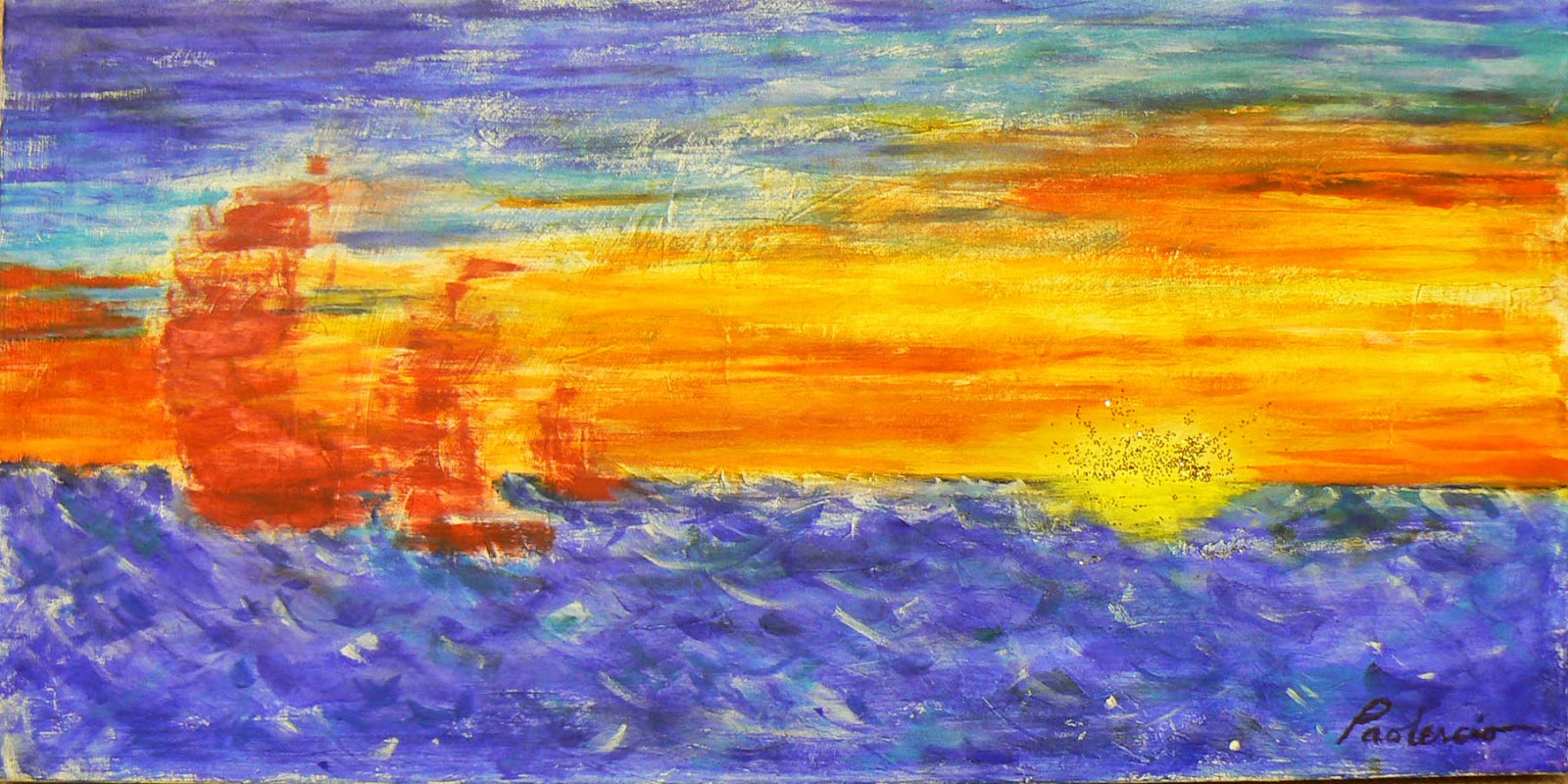 |
| Artwork by Todd Price |
Actually, the first week's journey will be delayed one week because it's only fitting that I give acknowledgement to my best friend, Todd Price. Once a week during the spring, fall and winter months, I spend most of the evening painting alongside him in his studio. He is generally working on one of his pieces to be entered in his annual summer show in Gettysburg, PA, while I am working on my painting.
Todd oversees what I am doing and his pointers have been incredibly beneficial in developing my progress in oil painting.
| Todd Price |
Completely self-taught, Todd grew up in Deer Park and always had a passion and talent in art. His passion for art in grade school may be labeled mischievous in retrospect, but certainly, at the time, he was a teacher's tribulation.
"I started drawing in grade school just to get through classes. They were so boring to me and a waste of time, so I used to draw," Price said. "In about the fourth or fifth grade, I was probably a troublemaker. If I would cause enough trouble, the teacher would just wind up saying, 'Price, shut up and draw.' So they let me draw."
Todd, however, was a voracious reader, especially in history and the Civil War in particular. It proved to be an outstanding foundation for his later career. Ironically, now, he is invited by his sons' teachers to make historic presentations in classes regarding Civil War history.
 |
| Todd applying the first layer of detail |
In the mid-1980s, after seven years with his company, wanderlust attacked him and he decided to take a hiatus. He purchased a motorcycle and headed west, eventually landing in Arizona. He walked in to an automotive company that was looking for a design artist. He told them he had no formal training, but as soon as he showed them his portfolio, he was hired on the spot.
Though he only spent a year in Arizona, it proved to be yet another brick in his art foundation. Always a hiker and camper, and still is to this day, Todd enjoys spending a day outdoors, studying clouds, or streams or simple tree lines in the distance. He is a watcher of nature.
All the while, he painted.
"I actually started painting in the fifth grade -- always oil painting, always historical scenes and landscapes," he said. "I can remember the very first time I painted. My mom opened up the first tube of paint and I can still remember the smell ... Mom was also the first one to tell to me to 'do your shadows first'. I live by that to this day."
By the late 1980s, after moving back to Cincinnati, Todd realized he was ready for the next step.
"I wanted to be taken seriously as a painter. So a started the Gettysburg Series," he said. His reading of history had finally taken hold of him. "I was reading about Pickett's Charge and was so moved by it, I knew I wanted to paint it. The next question I asked myself was, 'How do I paint it?'
 |
| Price work in progress |
And while the paintings sold -- "enough to break even" -- it was rarely to local individuals.
"People just don't buy historical art here," Price said. "No galleries want to carry it. There's a lot of galleries here in town, but they are shaking their heads 'No' before I even opened my portfolio. When I got turned down by Summerfair, I pretty much went nuts painting."
In his travels to Gettysburg for his history sojourns, he came across Lord Nelson's Gallery, which represents many of the top historical, traditional artists in the country.
"The biggest artists are there ... that's where I always wanted to be," Price said.
Todd had sent them brochures of his artwork for several years, however, and never got a response. Then in 2007, an artist backed out of the annual Gettysburg "History Meets the Arts" Festival. The co-owner of Lord Nelson's remembered seeing Price's brochure and called him to see if he would be interested in being part of the annual show.
"I thought it was one of my friends messing with me," Price said. " But it was Phillipe (du Bois). I had some work available because no one ever bought any of it. That's when I thought I had finally got a break."
His anxiety level, however, during that first show was monumental.
"I had been selling my paintings at the Montgomery Art Show for $100, and here I am hanging next to the top five artists in the United States. I remember saying to myself, 'What am I doing here?'"
He had just finished hanging his first three pieces when David Wright and John Buxton, two artists whom Todd and studied and admired for many years, walked over to his display.
 | |
| Todd Price artwork |
"They started laughing and I knew then I had made it."
Currently, Price works diligently every year getting between 15-to-20 paintings ready for the Gettysburg show. But, like anyone who is driven to excellence, Price keeps pushing himself. For one, he still works a full-time job, while nearly every artist at the Gettysburg show is a full-time artist.
"I think I'm an accomplished artist, but I'm nowhere near where I want to be. I've never been invited to do a private show. I think that would catapult me to where I don't have to work every day."," he said. "I would love to have an invitation to do a private show at the Cincinnati Art Museum ... "
That would be in his home town. Then maybe people might know who he is.
























